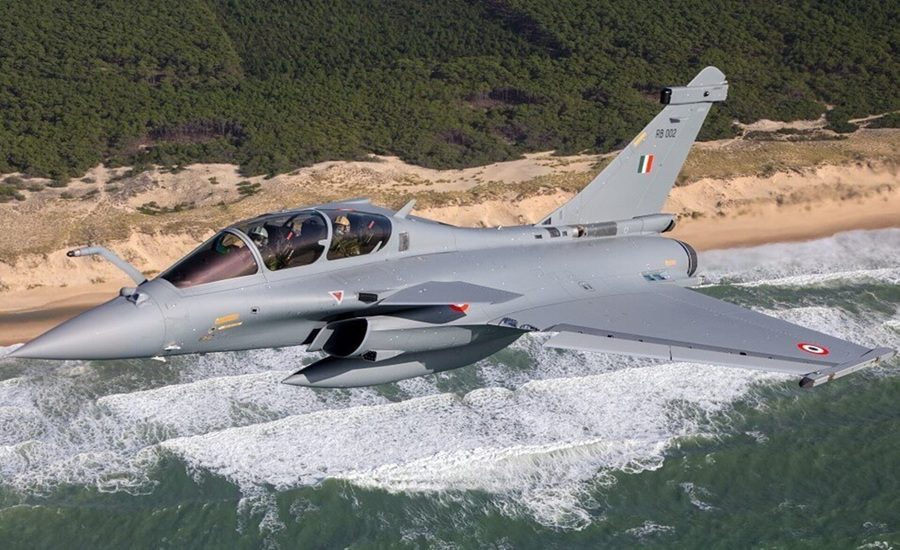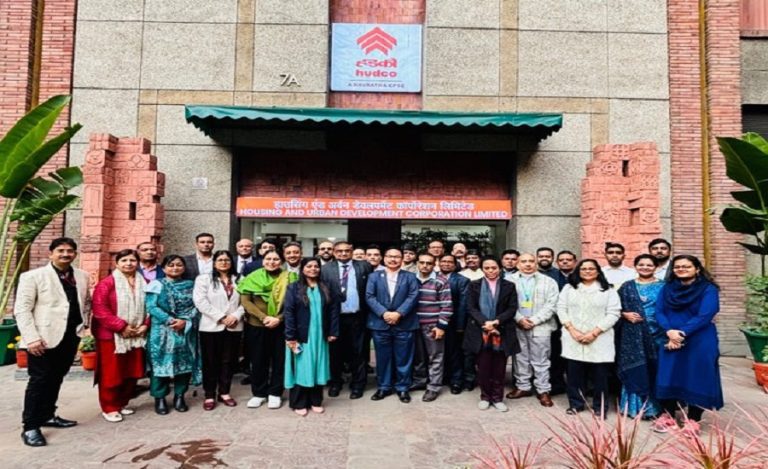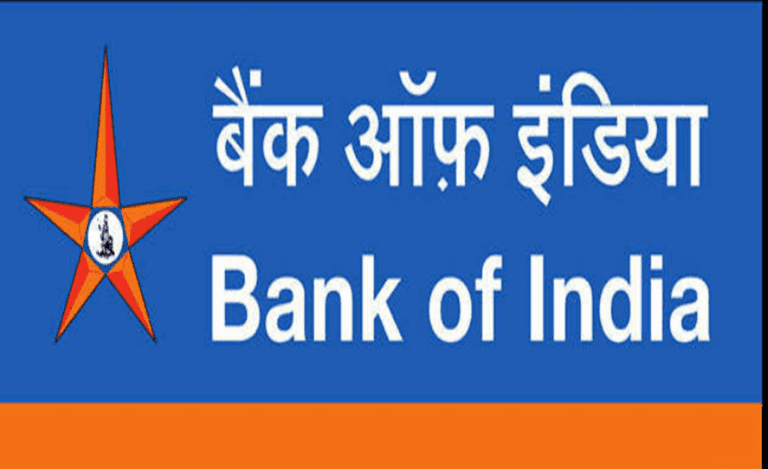New Delhi: The Indian Air Force (IAF) is strengthening its air-combat edge with a planned procurement of the European-made Meteor missile—a beyond-visual-range (BVR) air-to-air missile renowned for its long-range, high speed, and “first-shot, first-kill” capability.
Major Highlights of Meteor Missile Acquisition Deal
This acquisition follows the IAF’s demonstrated success in the recent Operation Sindoor, where long-range standoff weapons played a key role in compelling Pakistan into a ceasefire within four days.
Read Also: From Importer to Global Exporter: Armenia Chooses India’s Su-30MKI Deal Over Russian & Western Jets
The acquisition proposal—valued at around ₹1,500 crore—has reached advanced approval stages within the Ministry of Defence and is expected to be finalized during a high-level defence meeting imminently.
Importance of Meteor Missile Acquisition for India
→ The Meteor missile boasts a range of up to 200 km and ram-jet propulsion—capabilities that significantly extend the IAF’s reach in BVR engagements.
→ By equipping its premier fighters with such missiles, India aims to maintain qualitative superiority in the skies over regional adversaries.
→ Coupled with indigenous systems (for example the Astra Mark II missile under development), this dual-track approach positions India for both immediate readiness and long-term self-reliance.
Details of the Meteor Missile Acquisition
The Meteor belongs to the British-European missile maker MBDA and is compatible with the French-made Dassault Rafale jets already operating with the IAF.
- Initial integration is expected for the current fleet of Rafale fighters and could extend to upcoming naval variants of the Rafale.
- Final approval rests on the Defence Ministry’s high-level meeting; procurement is reported to be progressing rapidly.
Strategic Implications for the Region
1. Deterrence Strengthened – With enhanced BVR capability, the IAF can engage adversary aircraft long before they reach Indian airspace, thus raising the bar for any potential challenger.
2. Qualitative Edge Maintained – In an era of increasing aerial competition (including Chinese and Pakistani aircraft upgrades), acquiring Meteor keeps India ahead.
3. Signal to Adversaries – The move sends a clear message: India is committed to modernizing and maintaining operational superiority.
4. Boost to Make-in-India Narrative – Although the Meteor is imported, the parallel push for indigenous missiles (like Astra Mk II) supports the self-reliance narrative.
What Happens Next & What to Watch
- The Defence Ministry’s meeting will be closely monitored—approval should catalyse contract finalisation and schedule rollout.
- Post-approval, integration with the Rafale fleet and training of IAF pilots will begin in earnest.
- Further announcements may reveal quantities, cost breakdowns, and timeline for delivery.
- Simultaneously, development of the Astra Mk II missile progresses and may be announced as part of future capability upgrades.
- Monitoring of regional adversary responses (especially Pakistan and China) will provide context to how this deal shifts regional balance.



























